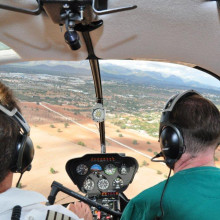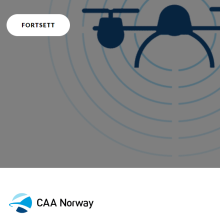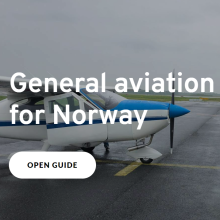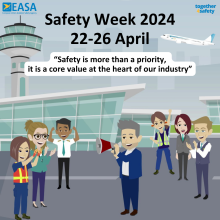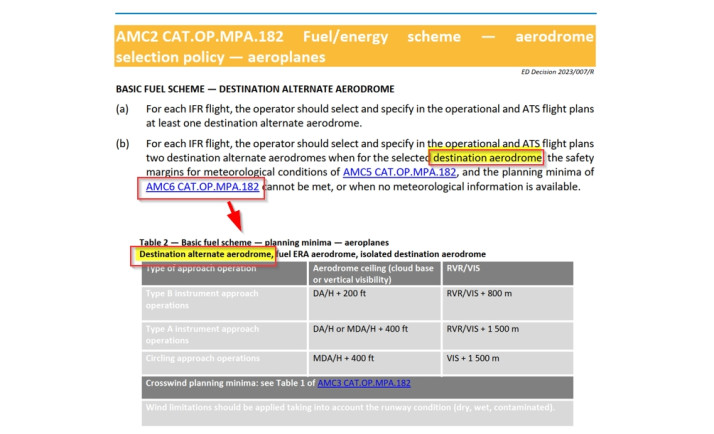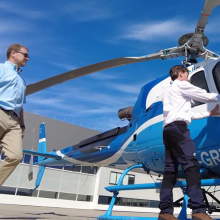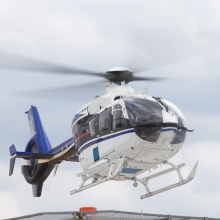Michel, I would like to add a couple of thoughts.
A. Decision to continue. In addition to ensuring that there is no skid or drift at 300 ft, I would add that you do not want to be in a turn at below 300 ft. A turn can significantly increase your rate of descent which may not be containable in the limited height remaining.
B. Double engine idle autorotation. You do not cover the particular hazards of practicing autorotations by regarding both engines in a multi engine helicopter back to idle. There needs to be a very specific briefing before hand and several careful risk mitigations. The following needs to be covered:
I. The method of entry and timing of bringing the engines to idle. This we do as single engine retarded to idle (keeping inside MCP OEI limits) then retarding the second engine as the cue for the student to enter whilst guarding the collective as the instructor.
II. The process and timing for reintroducing power. I usually do so no later than 1000 ft/rad alt bug audio which is also set as 1000 ft.
III. Type specific risks of inadvertantly selecting off - eg on AW109 the off gate is very easy to inadvertently override as it is released by pressure down with the instructors hand.
IV. The actions in the event of an extra emergency. This is always to put the engines back first and making the availability of power clear to the student (so they don't pull too early)
V. Always flying as though the engines cannot be returned to full power and briefing the student as such.
VI. Use of appropriate height alerts (rad alt/da bug)
I never brief this except immediately before the manoeuvre to keep it fresh in the instructor and students mind.
C. Preparation for SEOL training. I think the appropriate manoeuvre to fly before a set of practice autorotations is a power-on autorotation to a low hover taxy. This allows judgement of the wind, effect of the flare and height judgement. A limited power landing is a very different technique.
